#tobecontinued #parttwo in my series, #bodyimage #selfesteem #women #girls #thedollevolves
Recap: Girls & their Barbies
In my last blog post I referenced some research done by Dittmar, Halliwell, & Ive that brought to light perhaps what most of us have known for years: just how powerful imagery can be when it comes to making assessments of ourselves. In this case, young girls between the ages of 5- and 8-years old who were shown images of (thin) Barbie almost immediately made negative judgements about themselves compared those shown images of a doll with a more realistic body type.
Women, Fashion & Beauty Brands
Just like young girls and their Barbies, research shows that women, young and old, are prone to upwardly compare themselves to the body types of models and celebrities in fashion and beauty advertisements. Historically, advertisers have been known to play on the insecurities female consumers have about their bodies, sending them in pursuit of unattainable standards through perpetual consumption.
Buy our product and you’ll be popular, prettier, thinner, _____ (you fill in the blank)
But is this form of advertising really necessary?
Over the past decade, empowering women to create their own standards of beauty has emerged as a strategy for fashion and beauty brands. Most notably pioneered though the Dove Campaign for Real Beauty celebrating women of all shapes and sizes.
Innovative? Yes. Inspiring? Definitely. Effective?
According to a study published by Halliwell and Dittmar, advertisements with average-sized models versus those that portray the thin ideal can actually be similar in effectiveness in terms of consumer opinion of the brand and purchasing intention!
Despite research to support effectiveness of the body positive strategy, it still has been a challenge to convince fashion and beauty brands in recent year of its viability, but some have made the brave leap. Notably…
AerieReal
Aerie is a fashion brand owned by American Eagle that has recently been acknowledged for portraying “real women” in their campaign, encouraging customers to take part in the telling of the brand story by posting photos of themselves to social media using the hashtag #AerieReal.
Not only does the brand use real women in their ads, they refuse to Photoshop them. What’s resonating with the brand’s key target audience, Millennials, is diversity and authenticity – they can see themselves and their friends as part of the brand. To quantify the success of the AerieReal campaign, Aerie has experienced a 13% increase in sales in the past year.
To bring this series full circle, I predict authenticity and diversity will become even more important as we see brands like Dove and Aerie achieve great success with this key demographic that every marketer dreams of capturing the attention of.
And, with brands like Mattel putting new and more realistic versions of Barbie in the hands of young consumers, authenticity and diversity will be important to Gen Z too.
What young consumers think of the new Barbie
Aerie’s brand ambassador, Barbie (really?) on being herself:
AerieReal Talk with Barbie Ferreira
This blog series has been fun! Thanks for reading!
Jessica
References
Bissell, K., & Rask, A. (2010). Real women on beauty: Self-discrepancy, internalization of the thin ideal, and perceptions of attractiveness and thinness in Dove’s campaign for real
beauty. International Journal of Advertising, 29(4), 643-668. doi: 10.2501/S0265048710201385
Boscamp, E. (2016, January 25). Aerie features a non-skinny model in its latest campaign. Retrieved on March 20 from http://www.mindbodygreen.com/0-23529/aerie-features-a-non-skinny-model-in-its-latest-campaign.html
Dittmar, H., & Halliwell, E., Ive, S. (2006). Does Barbie make girls want to be thin? The effect of exposure to images of dolls on the body images of 5- to 8-year-old girls. Developmental Psychology, 42(2), 283-292. Retrieved from http://static1.nina.be/static/asset/2014/DoesBarbieMakeGirlsWantToBeThin_1721.pdf
Dockterman, E. (2016, January 28). Barbie’s got a new body. Retrieved February 01, 2016, from http://time.com/barbie-new-body-cover-story/
Engeln-Maddox, R. (2005). Cognitive responses to idealized media images of women:
the relationship of social comparison and critical processing to body image
disturbance in college women. Journal of Social and Clinical Psychology, 24(8),
1114–1138. Retrieved from http://search.proquest.com.libproxy2.usc.edu/docview/224848233?pq origsite=summon&accountid=14749
Halliwell, E. & Dittmar, H. (2004). Does size matter? The impact of model’s body
size on women’s body-focused anxiety and advertising effectiveness. Journal of
Social and Clinical Psychology, 23(1), 104–122. Retrieved from http://search.proquest.com.libproxy2.usc.edu/docview/224667301/fulltextPDF/8A802DF0A8784E35PQ/1?accountid=14749
Wilson, T. (2016, March 6). Aerie’s body positive campaign just proved that it pays to portray real women in ads. Retrieved on March 20, 2016 from http://hellogiggles.com/aerie-body-positive-campaign/

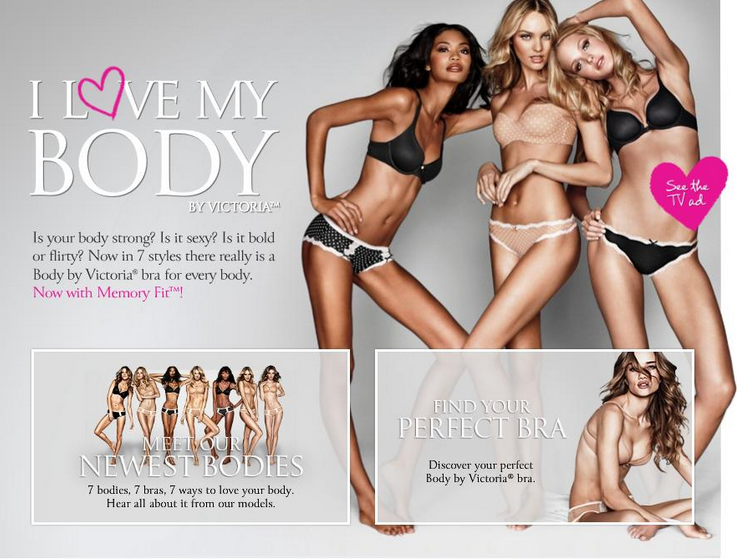
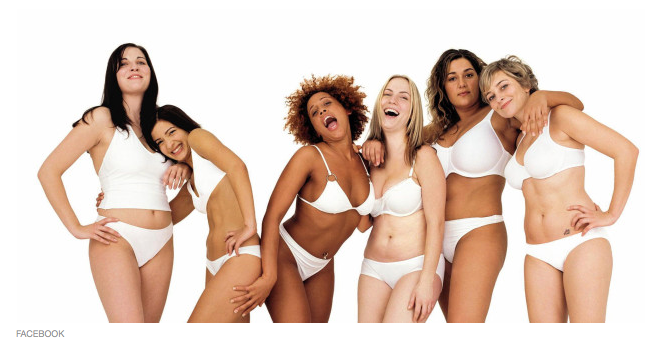
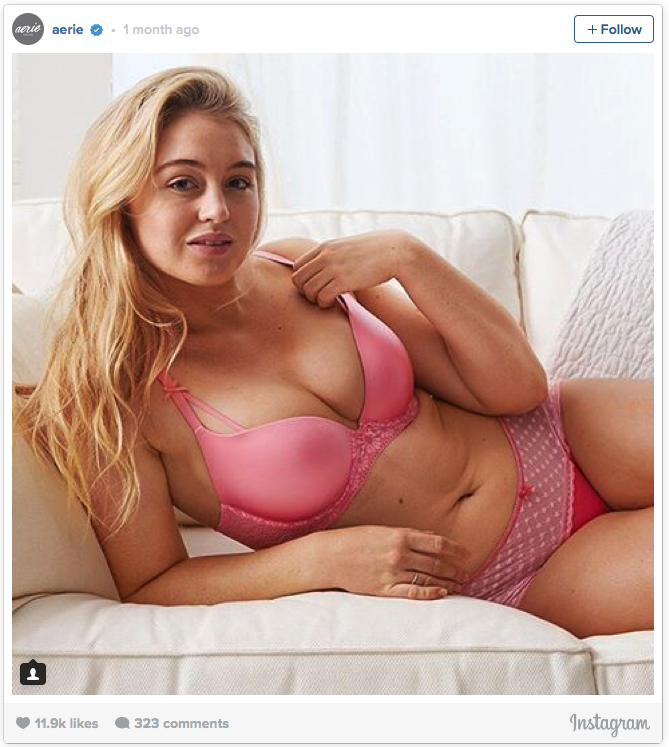
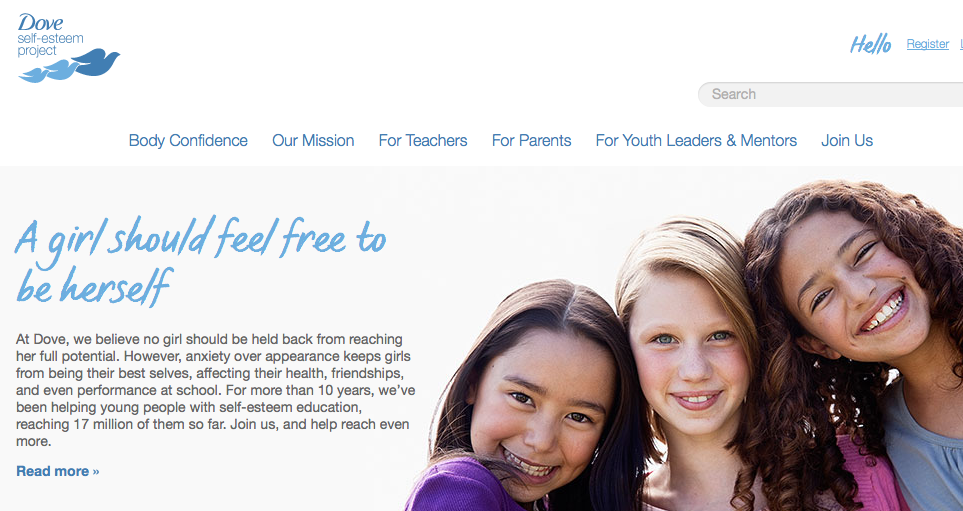
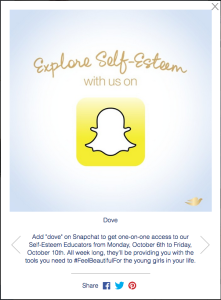
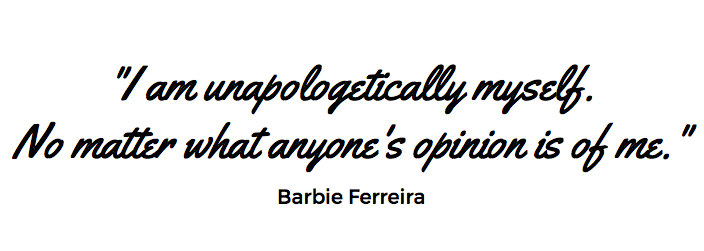
2 Responses to On the heels of the new #barbie: Using #bodypositive campaigns to reach young female consumers